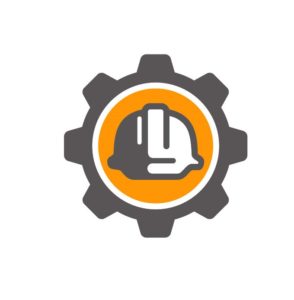Communication – The transfer of information
How was information communicated on your last project?
- Documents were emailed to all stakeholders as they came on to the
- A link to a Sharepoint address was shared to certain individual
- An individual H&S member of the prime contractor was noted as the contact point for all requested
All three of these are common methods that you’ll deal with on projects. All three come with communication issues built in.
Issues
With Method A, emailed documents become lost in recipients’ inboxes, with various versions being utilized, as personnel or revisions change over the course of the project. Individuals that are emailed a document have no idea, without checking, if it’s the most current version being used for the project.
Method B limits who can view the information and they must assume that whatever is posted is current and being utilized. It relies on individual stakeholders that share the platform to distribute the information throughout the company for its use.
With Method C, the individual quickly becomes worn out, trying to distribute the same information to all stakeholders that request it, only to have to resend to everyone whenever a revision occurs.
Let’s consider a standard onboarding process for certifications that will require a two-way sharing of information.
The norm,..
The prime hires a subcontractor for a new project. The subcontractor is emailed a training matrix or given access to posted information via an internal portal. This will likely go to the management team or the H&S Manager of the subcontractor. This contact must now collect and submit the required documentation. As soon as he/she begins to assemble the certifications, questions about expiry dates that are near, equivalent courses, where can I get the training, etc. come up. The process is cumbersome and results in a zipped file that is emailed back to the prime (usually the admin. for the H&S department) for everyone. The file is then reviewed by the administrative representative, who transfers the information onto their system (usually a spreadsheet that’s internal to the prime). Meanwhile, the subcontractor emails or talks to the prime H&S contact with questions and adjusts his future submissions based on the reply. He then revises the original file and resubmits it with the updated certifications. The prime now has two files for the same individual and must review and post the individuals certifications a second time. This process is repeated daily and becomes exponential as companies are added and changes made in the required training. As the project matures, additional administrative resources are required to keep this process current.
This workflow is flawed in several ways but could be streamlined easily with the use of an information portal used in conjunction with a real time platform. It’s an example of a single source of truth for onboarding.

By building an information portal that is maintained by the prime, the subcontractor would have instant access to an FAQ sheet, links to standardized forms, online training providers for approved courses, a message center for stakeholders, etc. Basically, one stop for all onboarding information.
Access to a common portal ensures the accuracy of information shared, while enabling the process to scale with the project. When included in the planning stage, portals can be used for onboarding, posting project documentation (HSMP/PSSP), ERP (Current Version), Traffic Management Plans, Environmental plans and information, Equipment Onboarding, etc.
Additional use cases could be made as a place to post newsletters, Safety meeting minutes, Joint Health and Safety Committee contact information, action items, minutes, and suggestion forms. There are a lot of possibilities, and the benefits are numerous when used properly to share information.



0 Comments